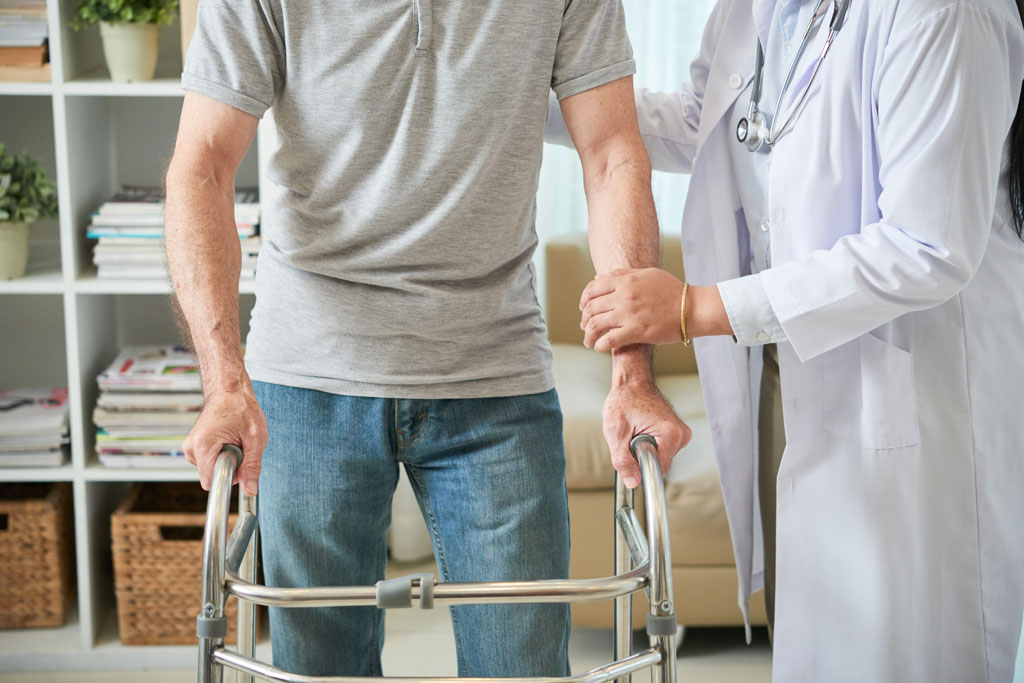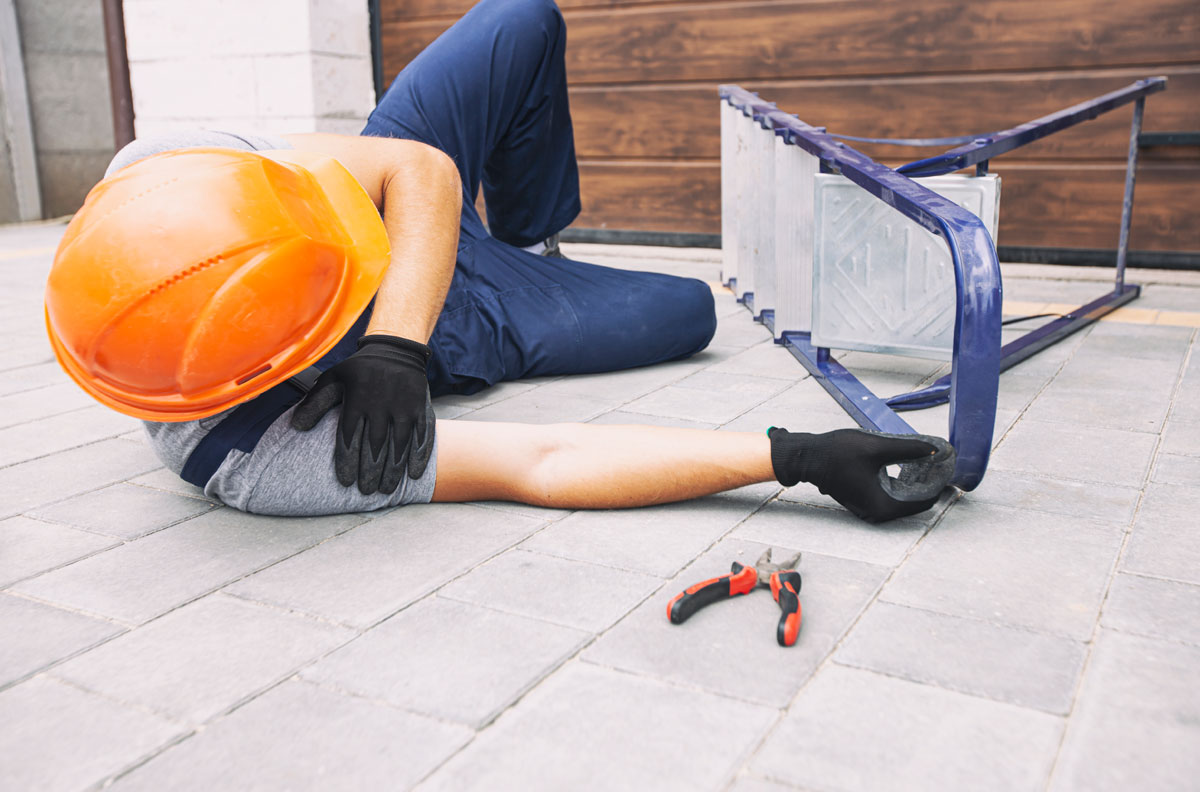Orthopedic Rehab

Orthopedic Rehab
Orthopedic rehabilitation is a therapeutic approach to recovery, the purpose of which is to correct musculoskeletal limitations and alleviate pain from trauma, illness, or surgery. The musculoskeletal system consists of muscles, bones, joints, ligaments, tendons, cartilage so that orthopedic rehab can address any of those structures.
Examples of the types of orthopedic injuries and conditions that may require rehab include:
- Carpal tunnel
- Arthritis
- Osteoporosis
- ACL and meniscus tears
- Broken bones
- Hip, knee, or shoulder replacement
- Stroke
- Sciatica
- Amputation

Rehabilitation helps you regain the use of your limbs and incorporate assistive devices or learn new ways to circumvent any lingering limitations.
Orthopedic rehabilitation looks different for everyone based on your condition, goals, and abilities. Your healthcare team creates a personalized treatment program and adjusts it according to your recovery along the way. Although it differs for everyone, rehab does follow a natural progression to maximize your recovery.
First, the extent of your illness or injury determines whether rehabilitation would be best on an outpatient basis or through a post-acute inpatient program. Inpatient rehab is typically recommended in more complex situations, while outpatient rehab may be recommended for minor injuries.
























